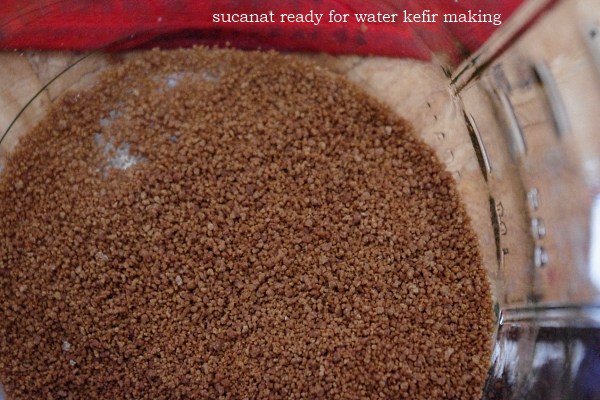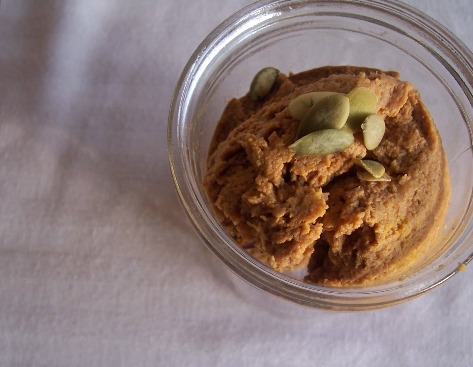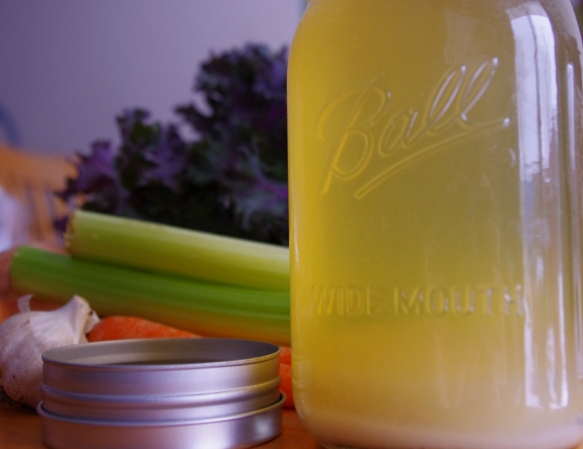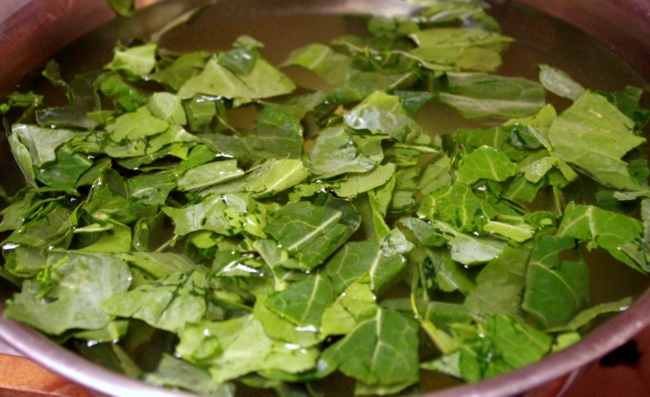making :: sourdough starter (and how to identify a food intolerance)

The printed version of Simple Food {for winter} is almost here. We wanted to make sure that you would get a quality product so we had to make some changes to the layout. I hope to have it available for order next week!
I am continuing my making series today with another item from our kitchen, sourdough starter. When we began our no groceries challenge in December I knew that it would be nice to have something special. Not heading out to shop has also afforded us some more time at home to hand-grind grains and keep up with a sourdough starter.
So I have been baking sourdough bread for the past month or so. To put this into perspective I haven’t baked homemade yeast breads in a few years, so when my first loaves came out of the oven there was some excitement in the room. And because of our bread hiatus it was quite the treat slathered with butter.
How to Identify a Food Intolerance
One advantage of going without a food (wheat) for so long is that your body has time to clear it out completely. Then when you reintroduce it into your diet, your body can send up red flags indicating an intolerance or allergy. Sadly, that is what happened to me and my eldest son.
After a few weeks of eating a bit of the bread every week my joints ached. I could hardly stand up out of a kneeling position due to the pain, which I had never experienced before. Sure enough a week away from the bread cured it. My oldest son’s symptoms are more of a result of too many grains or sugars, which tells me he still struggles a bit with candida.
But, for those who can eat wheat, including the very happy papa, sourdough is the way to go. The "sour" in the starter predigests the grain and helps to neutralize phytic acid. The final product has been a hearty and definitely sour bread, which I will have to share more on later. Today, though, let’s just talk about the starter.
How I Made My Starter
- Day 1: combine 1 cup freshly ground wheat flour with 1 cup warm water. Cover with towel or coffee filter and secure with rubber band or canning ring. Place in a warm place.
- Day 2: add 1 cup freshly ground wheat flour and 1 cup warm water. Repeat.
- Days 3-5: repeat.
By this point you should have a funny smelling slightly bubbly concoction. At one point it smelled like soured milk and I thought it was a goner. But it surprised me the next day by smelling of sourdough and becoming bubbly and active. The time it takes the starter to become active will probably depend on what yeast beasts you have hanging around in your home.
Maintenance
When I am baking with sourdough regularly – muffins, pancakes, and bread – I keep feeding it every day. Otherwise you can keep it in the refrigerator and feed it once a week or so.
I read in the River Cottage Break Book that starters like to have some air whipped into them about once a week. So I dump it into a big bowl and let my four-year-old go to town with a wooden spoon. After ten minutes both him and the starter have had enough.
So that is how I made and maintain my starter. You can also purchase a dried starter from Cultures for Health to ensure that the yeasties will be present. This takes out a bit of the guesswork and insures a good starter.
Do you bake with sourdough?





I made a starter & baked with sourdough several years ago, but for some reason let it fall by the wayside. I’m going to make a new starter this afternoon – sourdough was always a fave around here!
Making a sourdough starter was one of the very first things I did when starting to learn about traditional cooking and real food. My husband loves it! I bake bread almost weekly, and occasionally supplement with rolls or pancakes. I feed it daily unless we are going out of town.
I sympathize on the allergies-I have had to deal with those all my life. Currently I have to be careful with non-fermented dairy but seem to be ok with grains.
I was looking for a good recipe to make starter from scratch. I’ll start this up tonight.
Wanted you to know that the creme fraiche was a success! I spooned some out this morning and it was nice and firm like sour cream. It does liquify a bit when it warms up but does taste good. I’ll be making this on a regular basis. I’m still working up my courage for sauerkraut though. I don’t know why that intimidates me.
I just found your blog– and I have REALLY enjoyed reading it…
I just gave up on my sd starter– and it went to mold…I started my own– it did get nice a bubbly and sour…. but I couldn’t find a GOOD bread recipe… Would you share yours?
Thanks for this, I was going to look this up shortly to give it a try. Question though, you mention possibly using a jar with a ring to hold down the cloth lid. What size jar would you recommend? Is a quart-sized mason jar sufficient, or should I use a half gallon jar?
This looks so great! I think I could do this 🙂 Our son has had terrible eczema due to food intolerances and allergies and I can tell you that he is so much better now. have you ever thought about a probiotic? Our son is so much better from taking his Vidazorb chewable. This might be an good option for your family too! Anyway – thanks for the bread recipe
Sourdough was also one of the first things I did when I switched to traditional eating. I do mine a little differently. I feed it each day, but also change my bowl and stir it. I’ve held the starter in the fridge for about three weeks without feeding before, but I take it out and feed it for several days before baking.
I’m sorry to hear about your intolerance though. That is a bummer!
Sarah
So, are you saying that people with a wheat/gluten intolerance might be able to tolerate the sour dough? We have 5 of the 6 of us in this family that don’t tolerate wheat and it would be nice to have wheat bread occassionally. As of now I bake bread for myself and 4 kids a few times a week.
Try making your sourdough with Einkorn! Your body might react differently. I am like you with consuming modern wheat, but the ancient grains are ok! (won’t help your son, though)